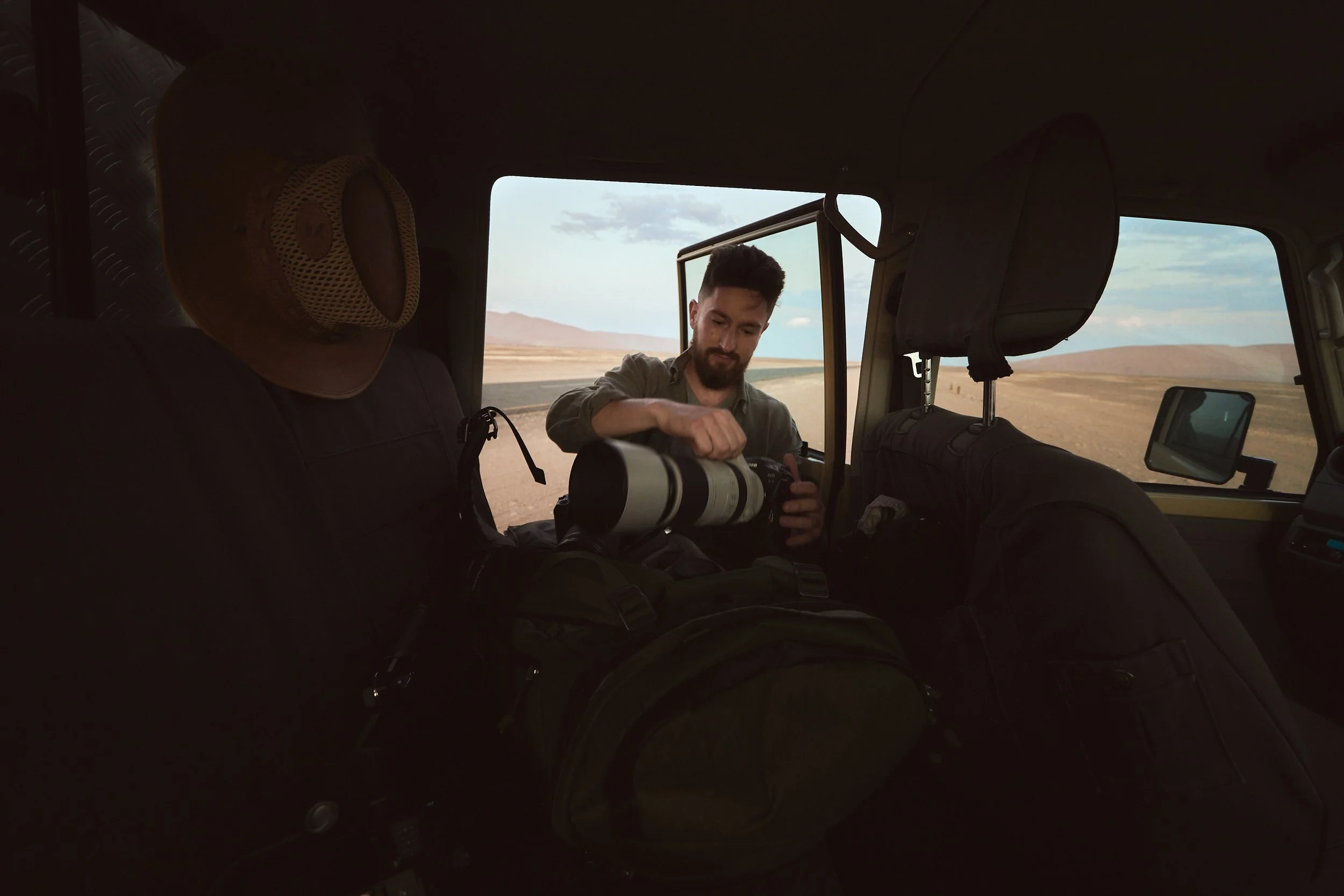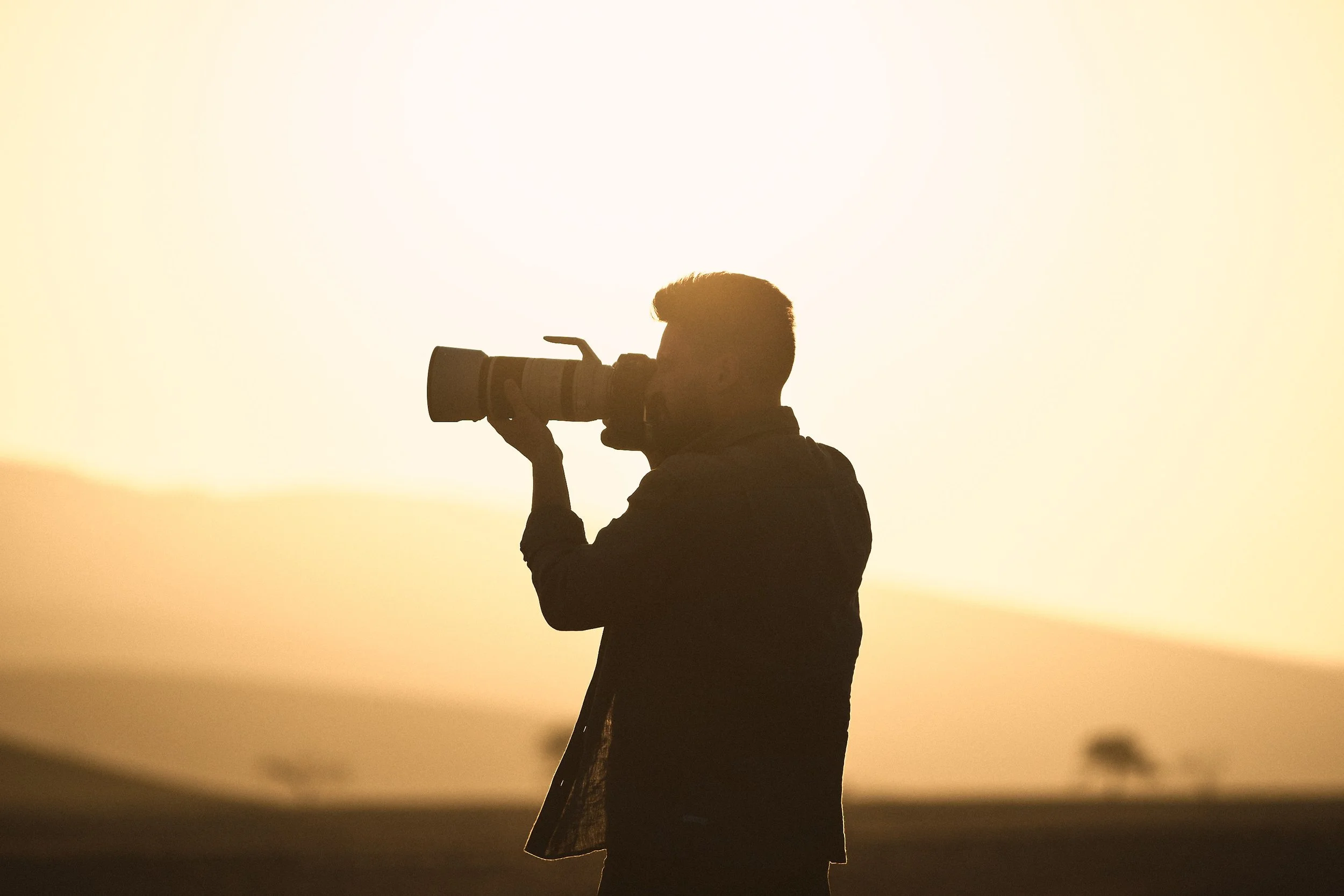My Backup Workflow in the Wilderness: How I Protected My Files in CKGR
When you’re deep in the Central Kalahari Game Reserve—hundreds of kilometres from the nearest socket, cell tower, or cloud service —your approach to file backup can’t rely on convenience. You need systems. Redundancy. And a bit of paranoia.
After more than a decade of shooting in remote environments, I’ve developed a backup workflow that lets me sleep at night. During my latest self-drive expedition through CKGR, I relied on a solar-powered, off-grid setup to back up thousands of wildlife photos and hours of video footage. Here’s how it worked in the field.
What I Packed for File Protection
Power was step one. Without electricity, no workflow exists.
I ran everything off a Goal Zero Sherpa 100AC power bank, which I recharged daily via a 100W solar panel I kept mounted on the car roof (angled slightly for morning light when possible). This gave me enough juice each day to recharge camera batteries, power my laptop, and run two SSD backups.
A car charger adapter will also come in clutch on longer transfers.
For storage, I brought:
Two 2TB Samsung T7 SSDs, each ruggedised with silicone sleeves
A 1TB SanDisk Extreme SSD, used solely for exported JPEGs and video proxies
Two card readers (because they break, and I’ve learned the hard way)
My laptop was a 14” MacBook Pro M1 with Lightroom and Final Cut preloaded, plus a dedicated backup script to automate folder cloning.
Daily Backup Routine in the Bush
Each night, after dinner / before bed, I’d:
Transfer all new files from my CFexpress and SD cards into organised folders on SSD 1
Clone those folders onto SSD 2 using Carbon Copy Cloner (zero overwrite, append new)
Export proxies or selects onto the SanDisk drive for quick previews and mobile edits
The whole process took about 40–50 minutes, including keywording and quick previews.
I did everything sitting beside the campfire with a cup of tea. It became a quiet ritual; a way to wind down after a long day tracking springbok and listening to lions roaring somewhere just out of sight.
Why Triple Redundancy Still Matters
You might think two SSDs are overkill. But in the CKGR, one rogue bump in the car, one coffee spill, or one misread card can ruin a week’s worth of work.
By splitting backups across two drives and storing them in separate locations (one in my Pelican case and one in my clothing duffel), I added a buffer against physical damage. And the exported JPEGs? They were my insurance policy for fast sharing or in case I had to dump space quickly.
I also never format a card until:
It’s been fully backed up to both SSDs
I’ve previewed the files in Lightroom and confirmed there’s no corruption
Yes, it takes discipline. But one lost day on safari can’t be recreated.
Setting up camp before the backup process
Folder Structure & File Safety Tips
Over time, I’ve learned a few file-naming and structuring rules that save my sanity:
Folder structure: /YEAR/MONTH-DAY-LOCATION/RAW or VIDEO
Naming convention: R3_20240511_CKGR_Lion_001.CR3
Don’t rely on card slot mirroring—use it for peace of mind, but always do proper SSD backups
Always eject cards before pulling them, especially when dusty or full of static
If your cards are starting to fail (e.g., slow transfer, unusual preview issues), replace them immediately. A $100 card is cheaper than lost leopard footage.





